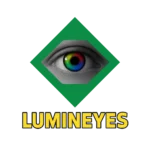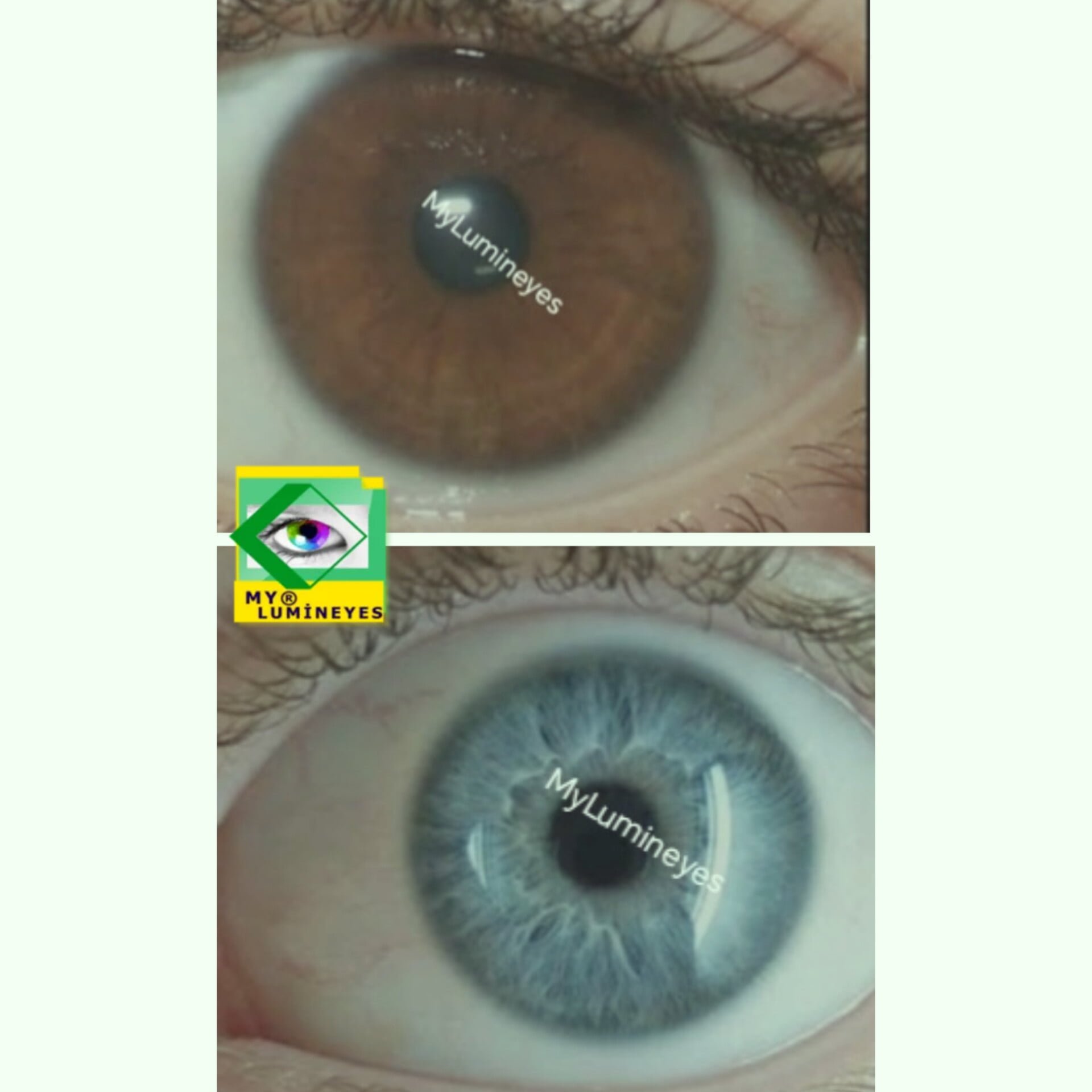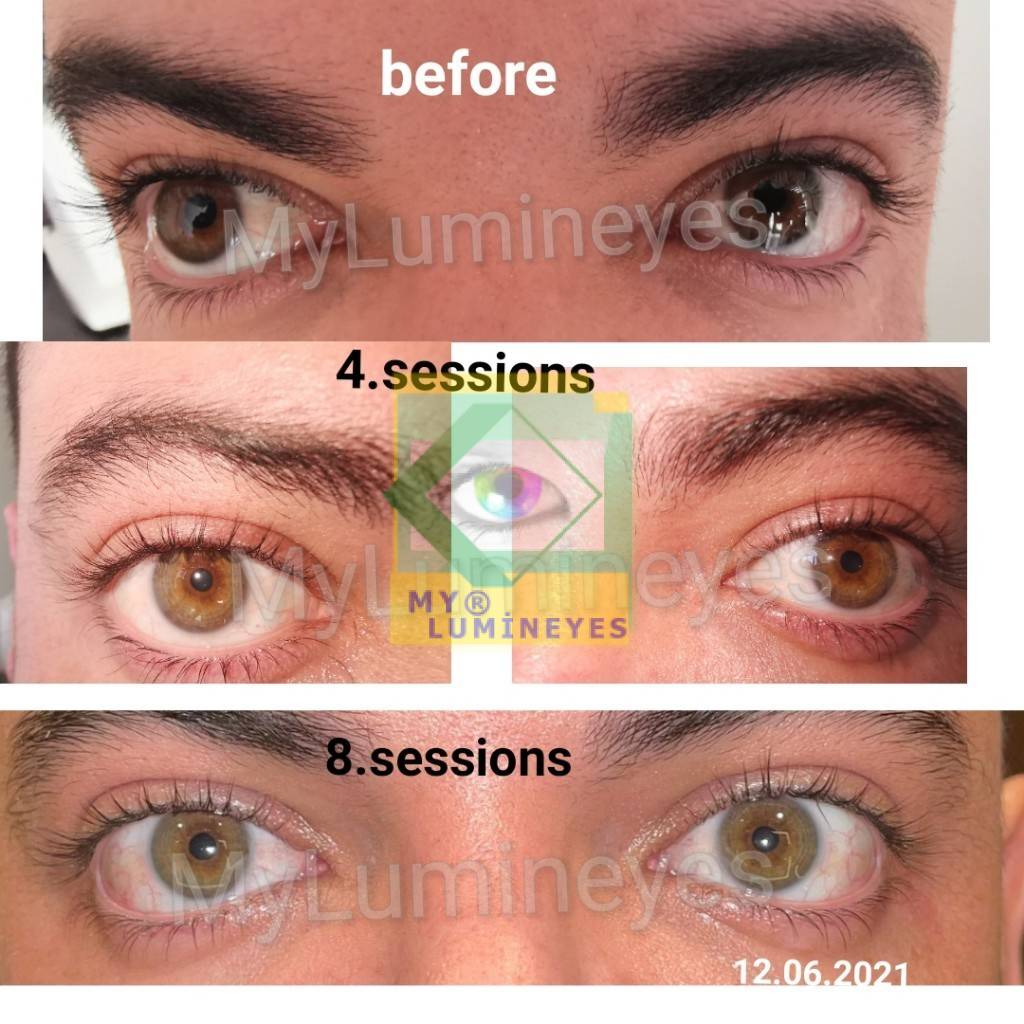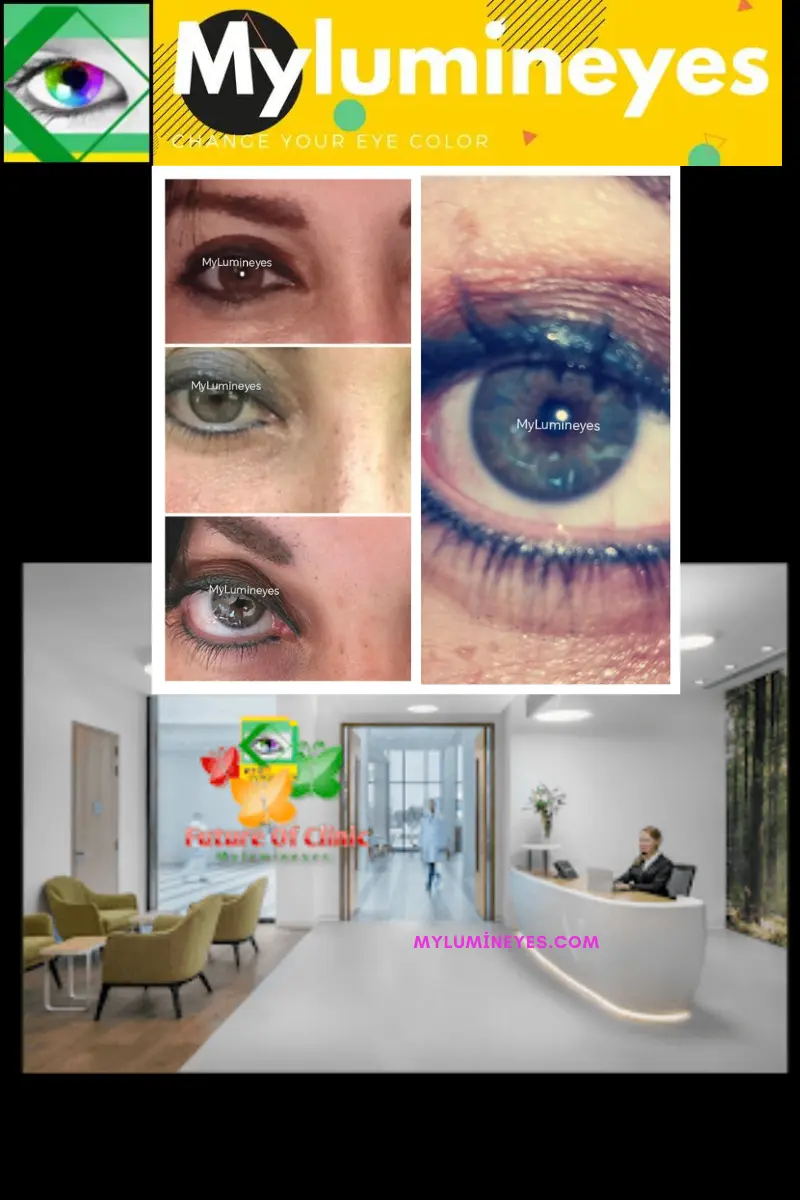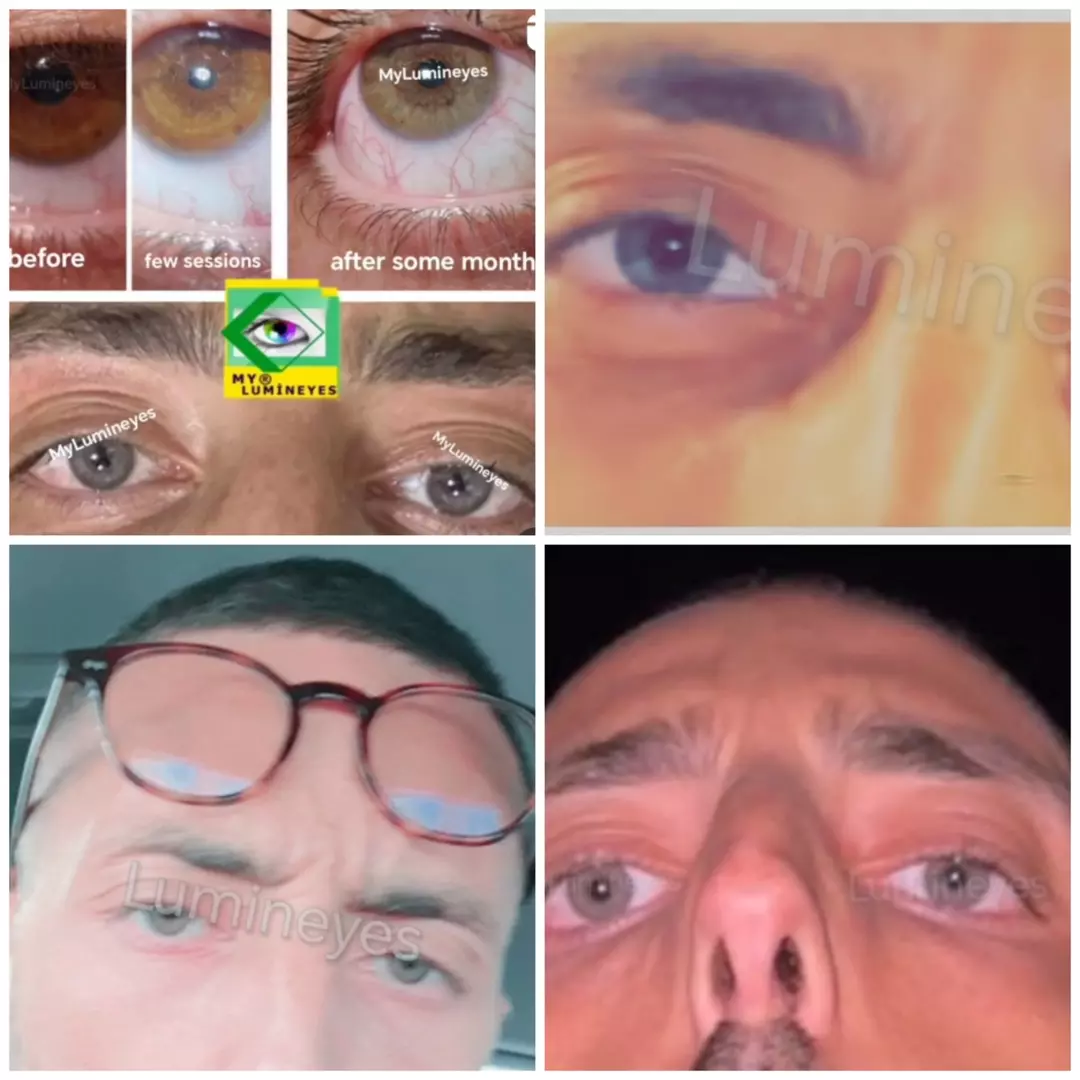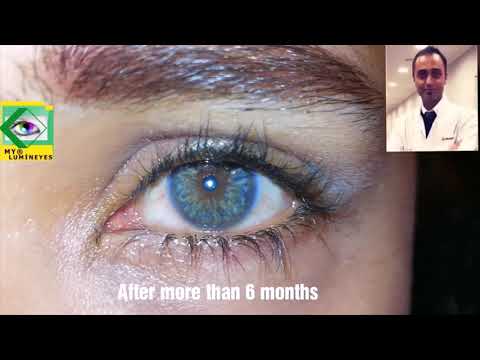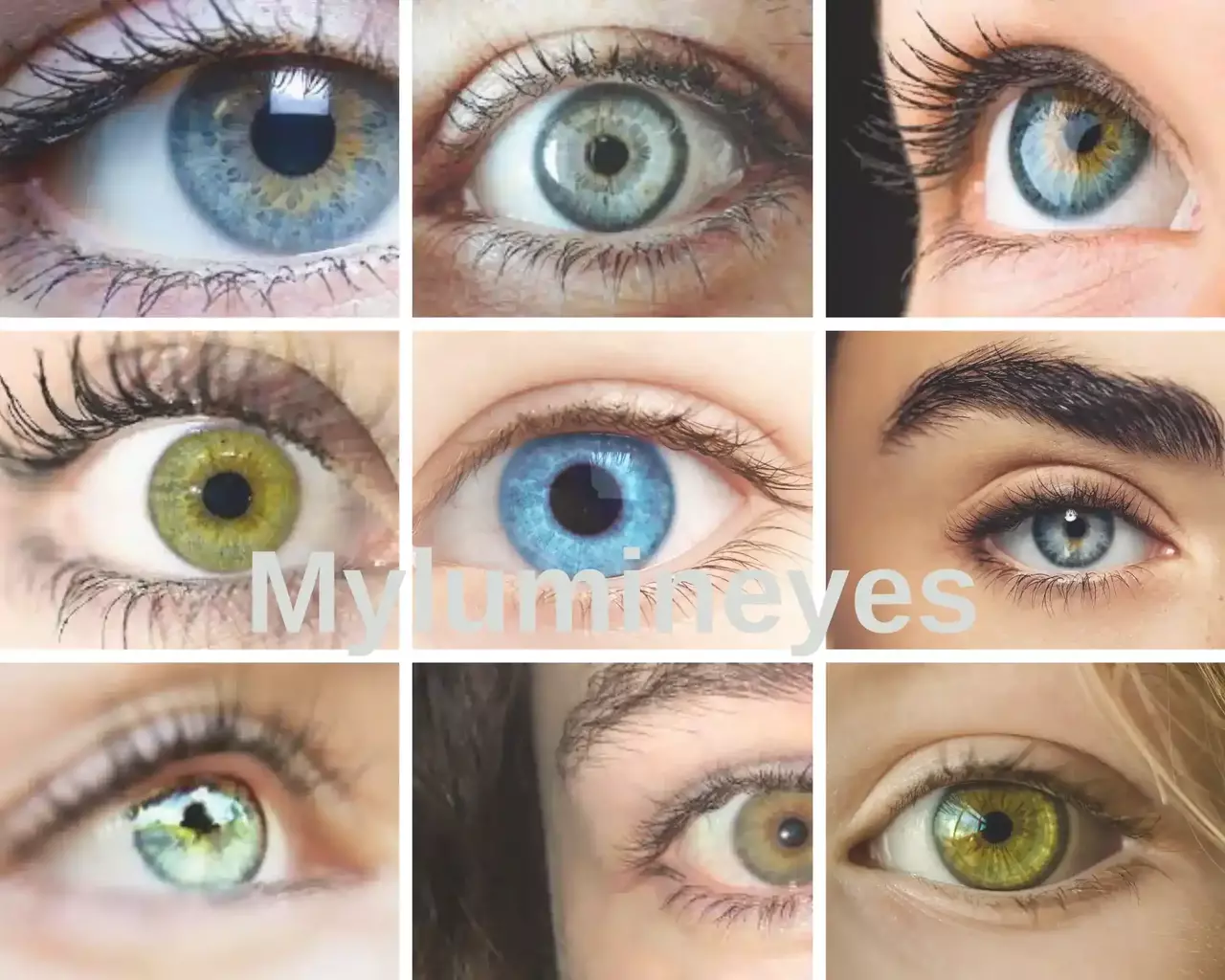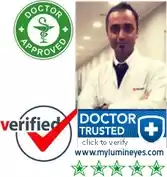Watery eyes,blocked tear duct and Laser
What is the meaning of “tear duct blockage or clogged tear duct”? Tears function to moisten our eyes, provide the required lubrication, and remove foreign particles from the eye. The tear duct leads to the nose, where tears are produced. The tear duct system consists of a hole (punctum) and canaliculi on the lower and upper lids, an opening into the lacrimal sac, and a narrow duct leading into the nose. The most significant illness in this system is occlusion of the tear ducts.
The most prominent symptoms are; watery eyes, constant tearing, bruising, redness, and occasionally severe swelling in the sac region (at the base of the nose). Blocked tear duct treatment can be done by laser DSR. For the cases of blocked tear duct baby we use different treatments.
Canal occlusion may be present at birth or develop with age. The tear duct, which is closed at birth, spontaneously opens within the first month of life. When opening is delayed, problems such as watering and burrs result.
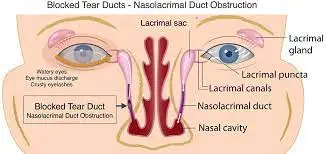
What factors lead to watery eyes?
There are three primary reasons of eye watering:
- Allergic or microbiological responses (conjunctivitis), increased tear reflex owing to irritation of the eye, redness, and discharge in dry eye diseases.
- In situations of turning in or out, there may be laxity in the eyelids and watery eyes.
- In instances of stenosis and occlusion of any tear duct segment.
How can I identify the reason of blocked tear duct which cause watery eyes?
During a standard eye exam, the ophthalmologist uses a slit light to inspect the eye and discover allergies and infections. A Shirmer test paper put within the eyelids can quantify the quantity of tears to diagnose reflex watering due to dryness. If the cause of the ocular discharge is conjunctivitis or enhanced reflex watering, the patient’s concerns often subside after receiving the prescribed medication. Due to the mechanical nature of stenosis or occlusion of the tear ducts, the patient does not benefit from medicine, and surgery is typically necessary to entirely alleviate the watering.
Blocked tear duct treatment by laser DSR
The clogged tear duct has been identified using LASER technology, the most latest technical innovation. Due to the Diode Laser, tear duct blockage treatment surgery is now a technique that heals completely in a short period of time without the use of general anesthesia, without leaving any permanent scars on the skin, without causing hours of post-operative bleeding, and without breaking the nasal bone with a hammer or drill.
The most recent laser occlusion surgical procedure is the transcanalicular diode laser DSR technique, which involves laser entry through the tear duct orifice. It is a very powerful laser type, not as sensitive as the lumineyes laser used to change eye color.
What causes and treatments are available blocked tear duct baby with watery eyes?
Eye discharge is typical in infants. The reason for this is because the Hasner valve, a membrane structure found at the lower end of the tear duct, does not open. It often manifests as eye-watering and burrs one to two months after delivery. It can affect one or both eyes. Due to the fact that tear production typically begins two months after birth, wetting may not be observed in the initial months. The child’s eyelashes are sticky and fragile upon awakening in the morning.
During clogged tear duct treatment, it is often followed up to one year of age.
Throughout this period, the eye infection is treated. Warm water that has been brought to a boil is used to remove the burrs. The affected eye is cleaned with baby shampoo and treated with antibiotic drops. Since it will be possible for the canal to open spontaneously over time, it is prudent to monitor the patient without intervention until the age of one year.
If the canal is not opened by three months of age, massage is performed. The massage is done fifteen to twenty times each morning and night. The lacrimal sac region is firmly pushed with a fingertip near the base of the nose, and the membrane at the lower end of the lacrimal duct is attempted to burst under the strain. If the canal is not opened with these therapies by the time the kid turns one, a procedure known as probing is undertaken. Under anesthesia, the closed membrane is ruptured with a probe introduced into the tear ducts during the probing operation.
The typical processing tear duct blockage treatment is five minutes. In the surgical procedure, no incision is created; it is painless and bloodless.
After surgery, the eye is not covered and drops are taken for one week. Within the first three years, the success rate of probing is high. The success rate declines with age. In situations where the tear ducts cannot be opened with the initial catheter, a second probing can be conducted two months later; if the tear ducts are still unable to be opened, a tube is introduced into the tear ducts. After a period of three to six months, the tube is extracted.
Given that probing is ineffective after the age of five, it is rarely used. In situations that are delayed and cannot be opened after repeated probing and tube insertion efforts, a procedure known as DCR is necessary.Watery eyes must followed by others.
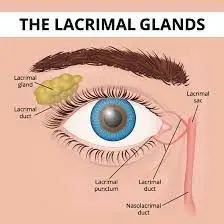
What benefits does MultiDiode Laser DSR surgery provide over other blocked tear duct treatment?
- The most significant advantage of the multidiode surgery is that it only takes 8–10 minutes, compared to other procedures which can take up to an hour. as it can occur in a very short amount of time.
- With the multidiode laser, blood loss is minimal.
- Due to the features of the multidiode laser, surgical tissue injury is low.
- Recuperation time is short. With the multidiode laser, blood loss is minimal.
- Due to the features of the multidiode laser, surgical tissue injury is low.
- Recuperation time is short. After the procedure, the patient can leave the hospital immediately.
- Besides, there is no skin incision and no damage to the muscles around the tear sac. The bladder can still pump.
- Intranasal view of the full multidode laser treatment process is made possible via endoscopy. If necessary, it can also be administered through nasal injection.
CAN I CHANGE THE COLOR OF MY EYES WITH A LASER MULTIDIODE LASER?
Eye color change cannot be performed with a multidiode laser. Lumineyes’ 8G laser should be used for eye color change.Lumineyes laser is selective to iris layer and do its job by lightening iris color. Laser dsr is used only for tear duct blockage treatment.
